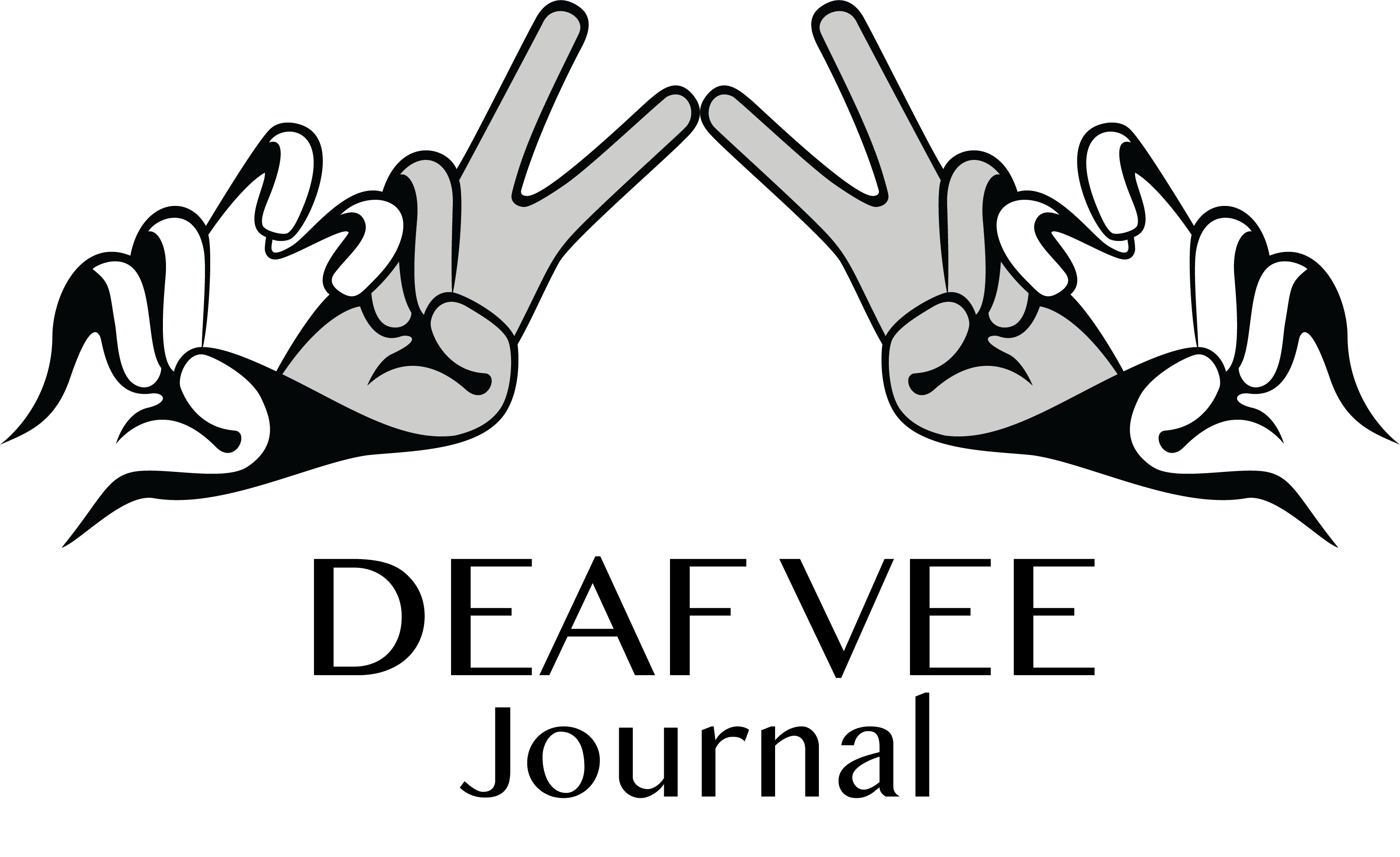Hearing people tend to get overwhelmed by communication barriers between worlds. There five important lessons to help teach hearing people how to communicate better with people that speak and sign different languages. Some of these lessons don’t only apply to those that use sign language but also to those that speak different languages too.
1. If you don’t understand something, ask!
Misunderstanding is a very common problem, especially between two people that have different native languages. Have you ever experienced a situation where somebody is expressing themselves in a way that isn’t clear or could be easily misunderstood? One of the most dangerous words in the English language is, “assumption” and that’s something that is often utilized by people. Don’t forget that everybody misunderstands somebody at some point so why is it not okay to ask for help or question things.
You are not alone.
Cultural clash happens between worlds which can lead to confusion, despair, and frustration. Trying to learn a new language and understand a native signer can be overwhelming and misunderstanding what’s being said is a common problem, but that doesn’t mean it’s okay to assume. Every culture and community has the problem of pride. People are afraid to ask because they don’t want to embarrass themselves but misunderstanding is a bigger embarrassment.
Sign language is not universal just like spoken languages are not universal. There are accents and tone-like adjustments that are made within each language including ASL. There are over three hundred languages, over one hundred signed languages in the world.
It is perfectly normal to stop somebody and ask them to repeat themselves. It is similar as when two people speaking. Sometimes, they would hear a few words but couldn’t understand because of the difference in accent and they would say, “Come again?” It’s same thing with ASL or any other signed language.
We would definitely appreciated you approaching us by acknowledging what you are missing. This message is much appreciated because it also send us a interior message that you are very interested in having a conversation with us.
2. Be straightforward, get to the point!
Do you feel in need of say something whatever on your mind?
At home, you can rant all you want freely but that is not socially accepted in public, or socializing with friends or at an event? While we are not from the same culture, in order to understand a key difference between your culture and ours is, we are a collective culture and we share our frustration within our community. You don’t. You only vent in privacy, or in your journal. You might even use a blog but have toned down approach.
It’s almost like the situation is too delicate to be honest. In this culture, beating around the bush is not a norm. Get to the point and be blunt, it’s much faster and convenient. Being indirect is not how this collective culture works. It’s like being part of a big family, we are able to build a better relationship through mutual respect, appreciation and passing on information. That’s an essential lesson to learn when interacting with us because when we try to respect your rules in your culture, it’s important that the favor is returned when becoming more immersed in ours.
It would be greatly appreciated.
3. Eye contact or get lost!
It has been observed that hearing people tend to sit around and talk without looking at eachother. It is considered extremely disrespectful in this community if you decide to show up and talk to us but not look at us square in the eye.
How many times have you caught yourself not looking at somebody else when they’re talking to you?
Hearing people can carry a conversation while surfing Facebook and then Twitter at same time? Maybe you aren’t bothered by this approach, maybe you are little bit? It bothers us a lot! When people are engaging in a conversation – it is always polite to have maintain in eye contacts otherwise it’ll be considered rude or appearing uninterested on your part. It is almost like you are cutting off the conversation. We are living in a different culture.
You can hear what other person is trying to say but when talking with us, you must look at our face to understand. Part of understanding our culture is knowing that tones are seen on the face to emphasize or support words signed. We only can ‘see’ what other person is trying to sign is to making a eye contacts. This is valuable lesson and is an important reminder to always show consideration of others based on their culture’s good traits. We like to look, not because you are pretty or handsome. It’s part of us, our eye contact is because we are showing interested in having a conversation with you.
4. Don’t interrupt, LISTEN!
Mid conversation, your mother stands up and starts talking over you. How do you feel?
Isn’t that annoying? It’s considered very disrespectful to interrupt and not let somebody finish talking, especially if the person is in deep thought and trying to finish a statement or comment. While it’s socially acceptable in larger groups to overlap, it’s rude in one on one settings. When in larger groups, if somebody wants to say something, they could back out of the group conversation and participate in an one on one conversation. When that one on one conversation is over, they rejoin the larger conversation.
That’s how it works. Be less distracting unless you are the key speaker and want to share a story with the group. It’s considered polite and less distracting for rest of the group. There is only one way to follow the conversation – to look at the one signing.
5. Expressive not Monkey Play!
Watching two people signing can be quite entertaining, their expressions and signs can get out of hand and appear like they’re fighting or possibly doing, “Monkey Play”. That’s how hearing people perceive two people in deep thought or passionate discussions.
Remind yourself that our faces often share more than our body language does but it’s important to align the two. Be calm, pay attention to what’s happening and see if you can understand the situation if you’re involved.
We are always using our face and bodies to express our experience, stories about people or discuss about all aspect of life. We use our facial expression, body language and big sign language when it comes down to carrying a two-person conversation.
You do the same, but using different tones, loud or low, whisper and whatnot. We are very much alike except spoke/signed. Spoke language is without body language while signed language is a body language. We usually don’t really care how others may see us….and for your information – we are not doing monkey play! We are not here for your entertainment.
With those five lessons, hopefully you feel more prepared to interact with our community and see more of our language, culture, and world. If you are ever afraid or not sure of something, be sure to talk to somebody and they will guide you. That’s the key, communication!








